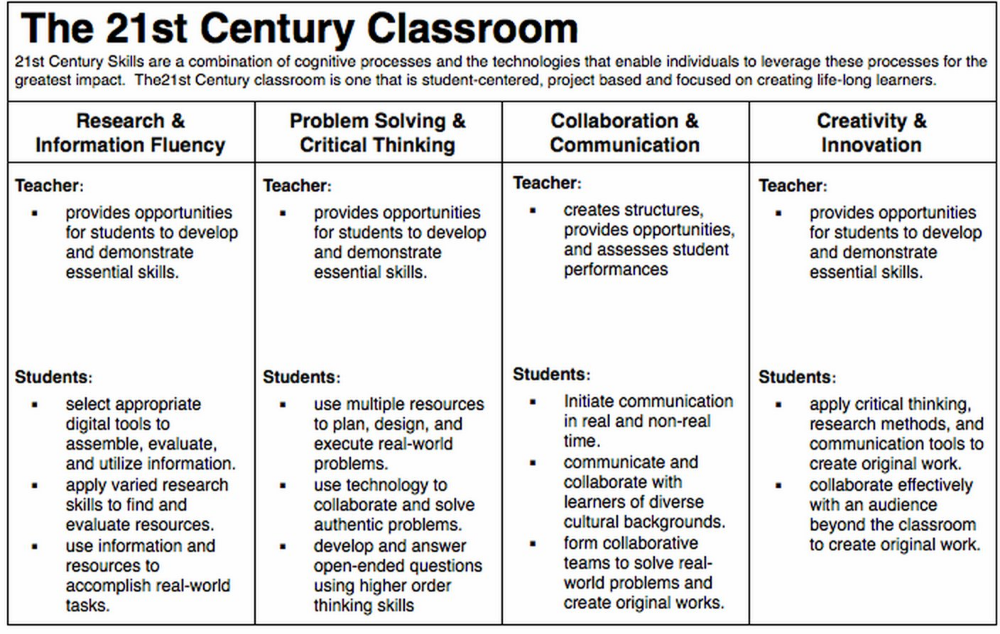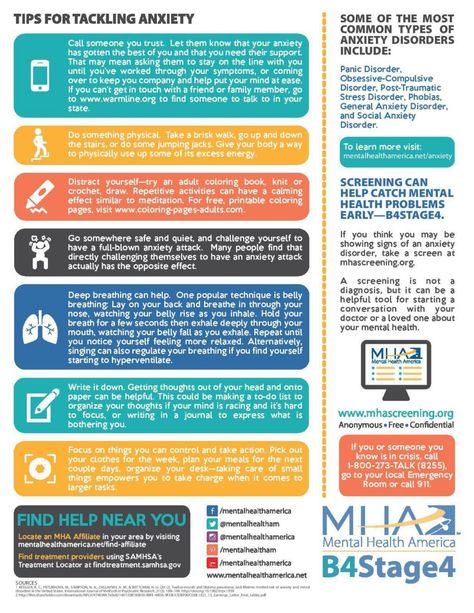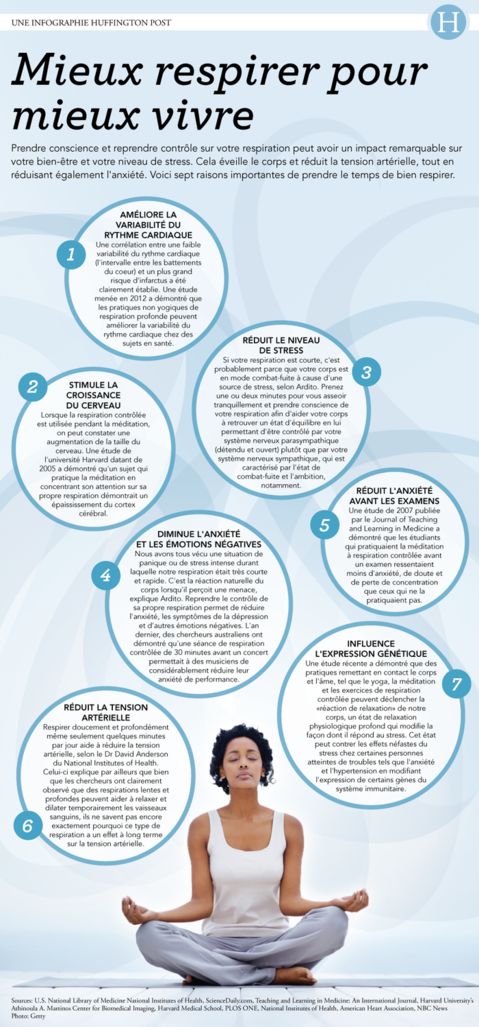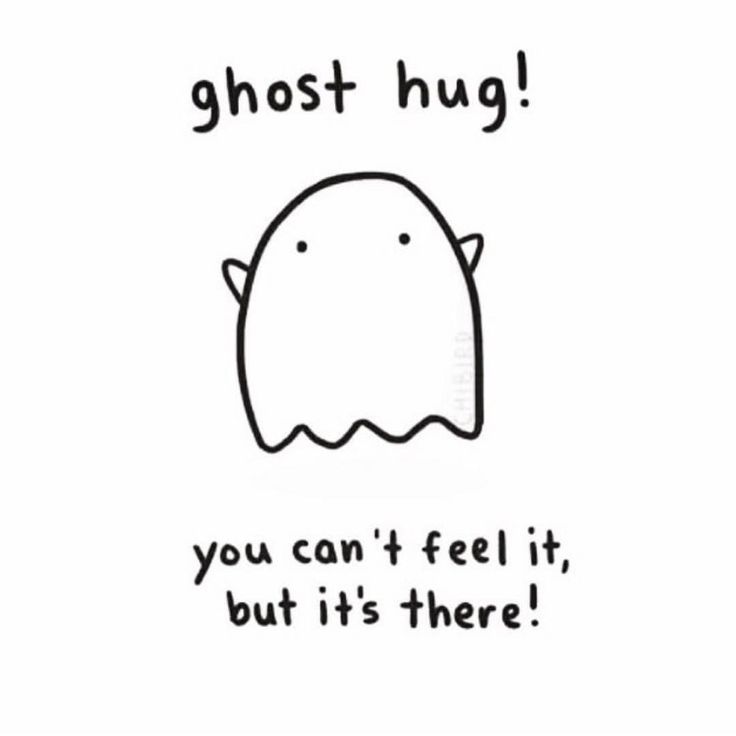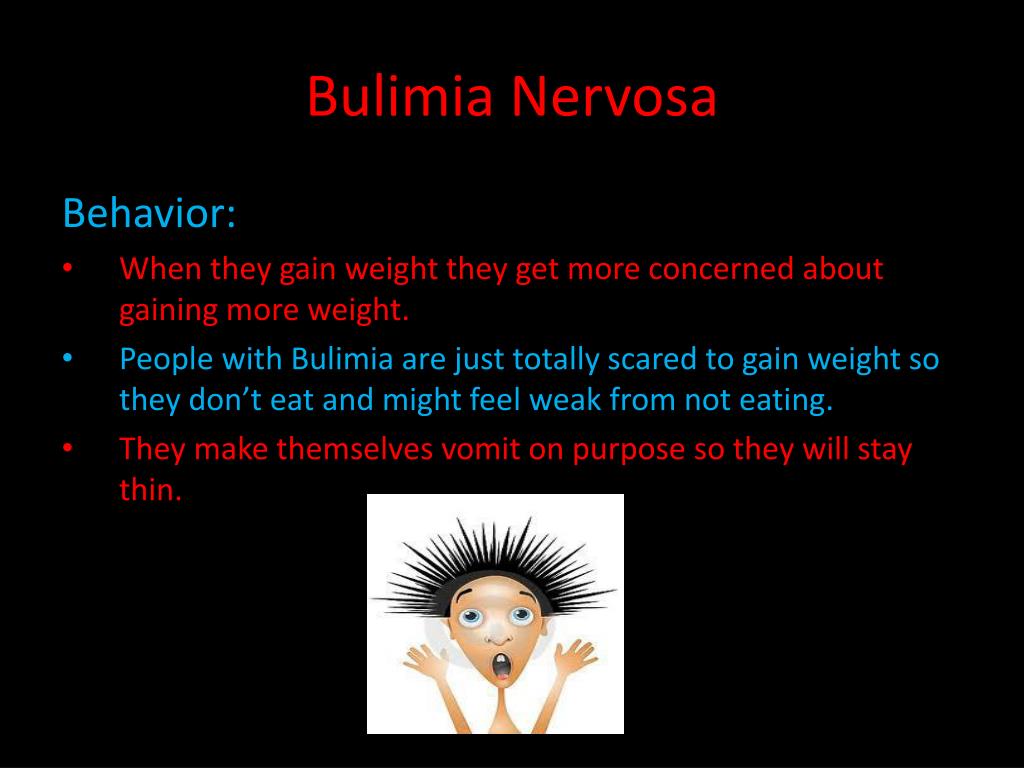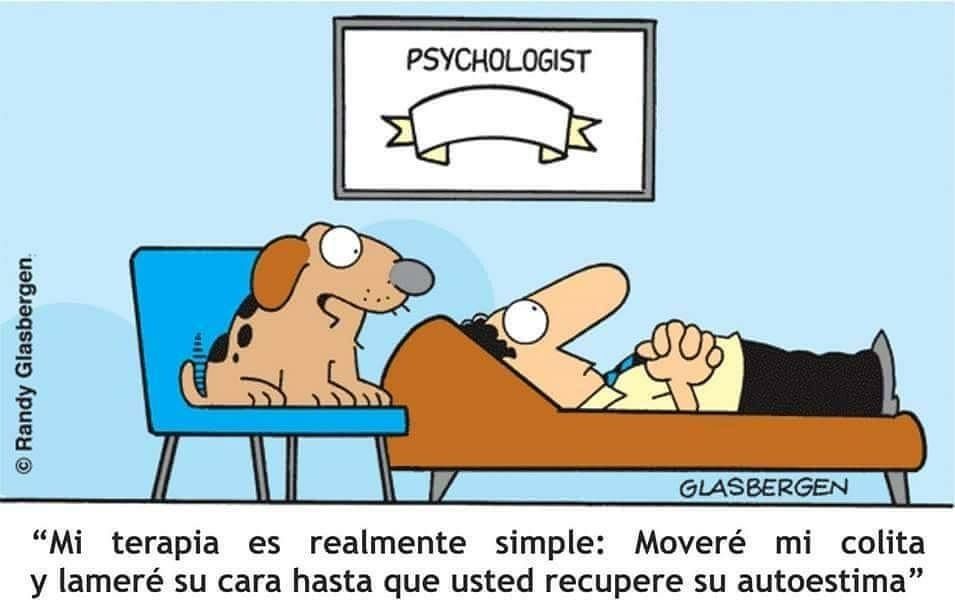Learn to communicate effectively
Eight Things You Can Do To Improve Your Communication Skills - Professional Development
A leader’s ability to communicate clearly and effectively with employees, within teams, and across the organization is one of the foundations of a successful business.
And in today’s complex and quickly evolving business environment, with hundreds of different communication tools, fully or partially remote teams, and even multicultural teams spanning multiple time zones, effective communication has never been more important—or more challenging.
Thus, the ability to communicate might be a manager’s most critical skill.
The good news is that these skills can be learned and even mastered.
These eight tips can help you maximize your communication skills for the success of your organization and your career.
1. Be clear and concise
Communication is primarily about word choice. And when it comes to word choice, less is more.
The key to powerful and persuasive communication—whether written or spoken—is clarity and, when possible, brevity.
Before engaging in any form of communication, define your goals and your audience.
Outlining carefully and explicitly what you want to convey and why will help ensure that you include all necessary information. It will also help you eliminate irrelevant details.
Avoid unnecessary words and overly flowery language, which can distract from your message.
And while repetition may be necessary in some cases, be sure to use it carefully and sparingly. Repeating your message can ensure that your audience receives it, but too much repetition can cause them to tune you out entirely.
2. Prepare ahead of time
Know what you are going to say and how you are going to say before you begin any type of communication.
However, being prepared means more than just practicing a presentation.
Preparation also involves thinking about the entirety of the communication, from start to finish. Research the information you may need to support your message. Consider how you will respond to questions and criticisms.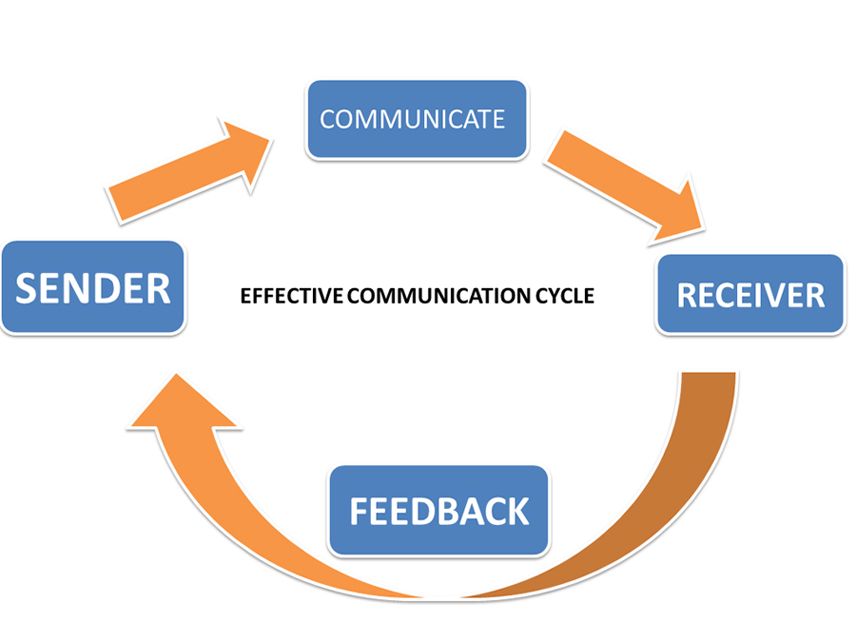 Try to anticipate the unexpected.
Try to anticipate the unexpected.
Before a performance review, for instance, prepare a list of concrete examples of your employee’s behavior to support your evaluation.
Before engaging in a salary or promotion negotiation, know exactly what you want. Be ready to discuss ranges and potential compromises; know what you are willing to accept and what you aren’t. And have on hand specific details to support your case, such as relevant salaries for your position and your location (but be sure that your research is based on publicly available information, not company gossip or anecdotal evidence).
Before entering into any conversation, brainstorm potential questions, requests for additional information or clarification, and disagreements so you are ready to address them calmly and clearly.
3. Be mindful of nonverbal communication
Our facial expressions, gestures, and body language can, and often do, say more than our words.
Nonverbal cues can have between 65 and 93 percent more impact than the spoken word. And we are more likely to believe the nonverbal signals over spoken words if the two are in disagreement.
And we are more likely to believe the nonverbal signals over spoken words if the two are in disagreement.
Leaders must be especially adept at reading nonverbal cues.
Employees who may be unwilling to voice disagreements or concerns, for instance, may show their discomfort through crossed arms or an unwillingness to make eye contact. If you are aware of others’ body language, you may be able to adjust your communication tactics appropriately.
At the same time, leaders must also be able to control their own nonverbal communications.
Your nonverbal cues must, at all times, support your message. At best, conflicting verbal and nonverbal communication can cause confusion. At worst, it can undermine your message and your team’s confidence in you, your organization, and even in themselves.
4. Watch your tone
How you say something can be just as important as what you say. As with other nonverbal cues, your tone can add power and emphasis to your message, or it can undermine it entirely.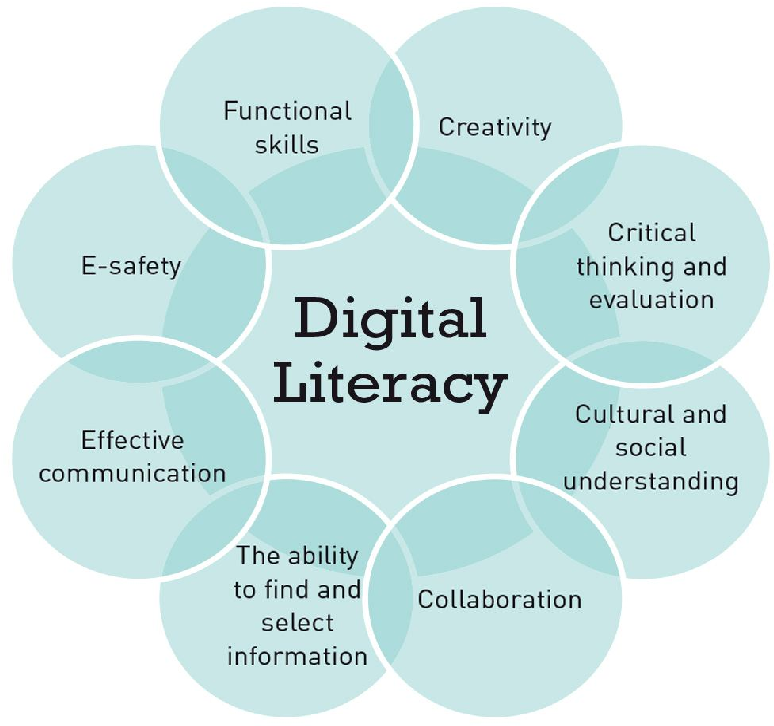
Tone can be an especially important factor in workplace disagreements and conflict. A well-chosen word with a positive connotation creates good will and trust. A poorly chosen word with unclear or negative connotations can quickly lead to misunderstanding.
When speaking, tone includes volume, projection, and intonation as well as word choice. In real time, it can be challenging to control tone to ensure that it matches your intent. But being mindful of your tone will enable you to alter it appropriately if a communication seems to be going in the wrong direction.
Tone can be easier to control when writing. Be sure to read your communication once, even twice, while thinking about tone as well as message. You may even want to read it out loud or ask a trusted colleague to read it over, if doing so does not breach confidentiality.
And when engaging in a heated dialogue over email or other written medium, don’t be too hasty in your replies.
If at all possible, write out your response but then wait for a day or two to send it.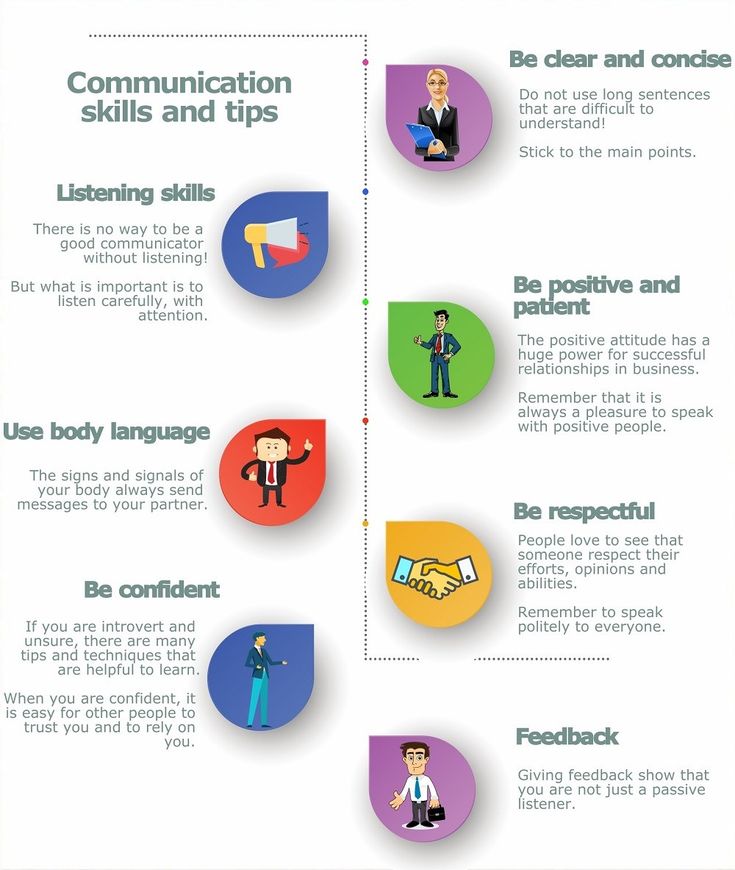 In many cases, re-reading your message after your emotions have cooled allows you to moderate your tone in a way that is less likely to escalate the conflict.
In many cases, re-reading your message after your emotions have cooled allows you to moderate your tone in a way that is less likely to escalate the conflict.
5. Practice active listening
Communication nearly always involves two or more individuals.
Therefore, listening is just as important as speaking when it comes to communicating successfully. But listening can be more challenging than we realize.
In her blog post Mastering the Basics of Communication, communication expert Marjorie North notes that we only hear about half of what the other person says during any given conversation.
The goal of active listening is to ensure that you hear not just the words the person is saying, but the entire message. Some tips for active listening include:
- Giving the speaker your full and undivided attention
- Clearing your mind of distractions, judgements, and counter-arguments.
- Avoiding the temptation to interrupt with your own thoughts.
- Showing open, positive body language to keep your mind focused and to show the speaker that you are really listening
- Rephrase or paraphrase what you’ve heard when making your reply
- Ask open ended questions designed to elicit additional information
6.
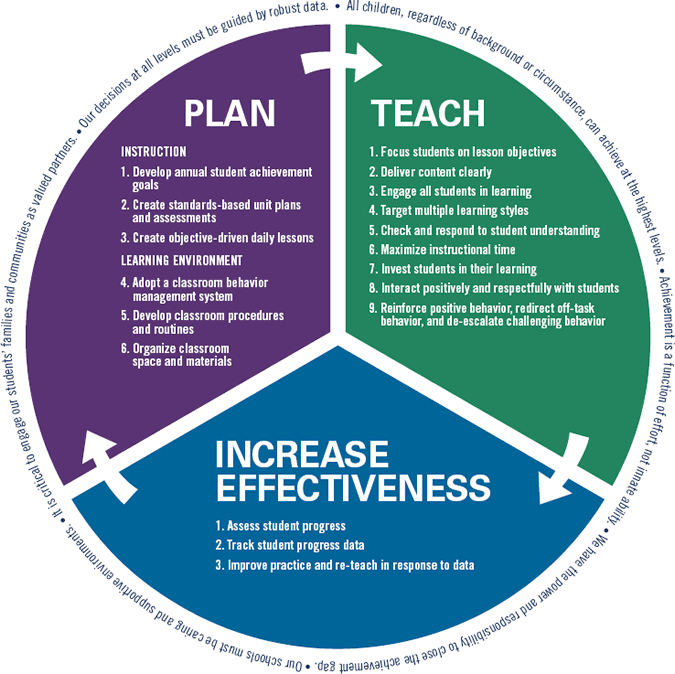 Build your emotional intelligence
Build your emotional intelligenceCommunication is built upon a foundation of emotional intelligence. Simply put, you cannot communicate effectively with others until you can assess and understand your own feelings.
“If you’re aware of your own emotions and the behaviors they trigger, you can begin to manage these emotions and behaviors,” says Margaret Andrews in her post, How to Improve Your Emotional Intelligence.
Leaders with a high level of emotional intelligence will naturally find it easier to engage in active listening, maintain appropriate tone, and use positive body language, for example.
Understanding and managing your own emotions is only part of emotional intelligence. The other part—equally important for effective communication—is empathy for others.
Empathizing with an employee can, for example, make a difficult conversation easier.
You may still have to deliver bad news, but (actively) listening to their perspective and showing that you understand their feelings can go a long way toward smoothing hurt feelings or avoiding misunderstandings.
7. Develop a workplace communication strategy
Today’s workplace is a constant flow of information across a wide variety of formats. Every single communication must be understood in the context of that larger flow of information.
Even the most effective communicator may find it difficult to get their message across without a workplace communication strategy.
A communication strategy is the framework within which your business conveys and receives information. It can—and should—outline how and what you communicate to customers and clients, stakeholders, and managers and employees.
Starting most broadly, your strategy should incorporate who gets what message and when. This ensures that everyone receives the correct information at the right time.
It can be as detailed as how you communicate, including defining the type of tools you use for which information. For example, you may define when it’s appropriate to use a group chat for the entire team or organization or when a meeting should have been summarized in an email instead.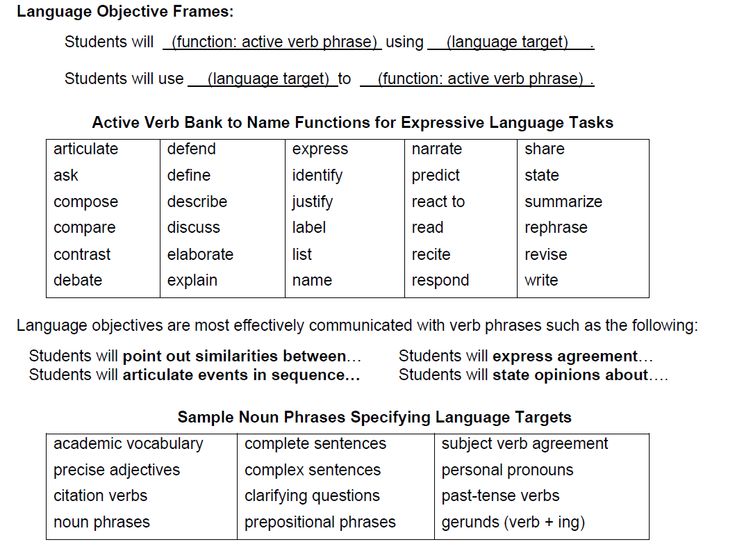
Creating basic guidelines like this can streamline the flow of information. It will help ensure that everyone gets the details they need and that important knowledge isn’t overwhelmed by extraneous minutia.
8. Create a positive organizational culture
The corporate culture in which you are communicating also plays a vital role in effective communication.
In a positive work environment—one founded on transparency, trust, empathy, and open dialogue—communication in general will be easier and more effective.
Employees will be more receptive to hearing their manager’s message if they trust that manager. And managers will find it easier to create buy-in and even offer constructive criticism if they encourage their employees to speak up, offer suggestions, and even offer constructive criticisms of their own.
“The most dangerous organization is a silent one,” says Lorne Rubis in a blog post, Six Tips for Building a Better Workplace Culture. Communication, in both directions, can only be effective in a culture that is built on trust and a foundation of psychological safety.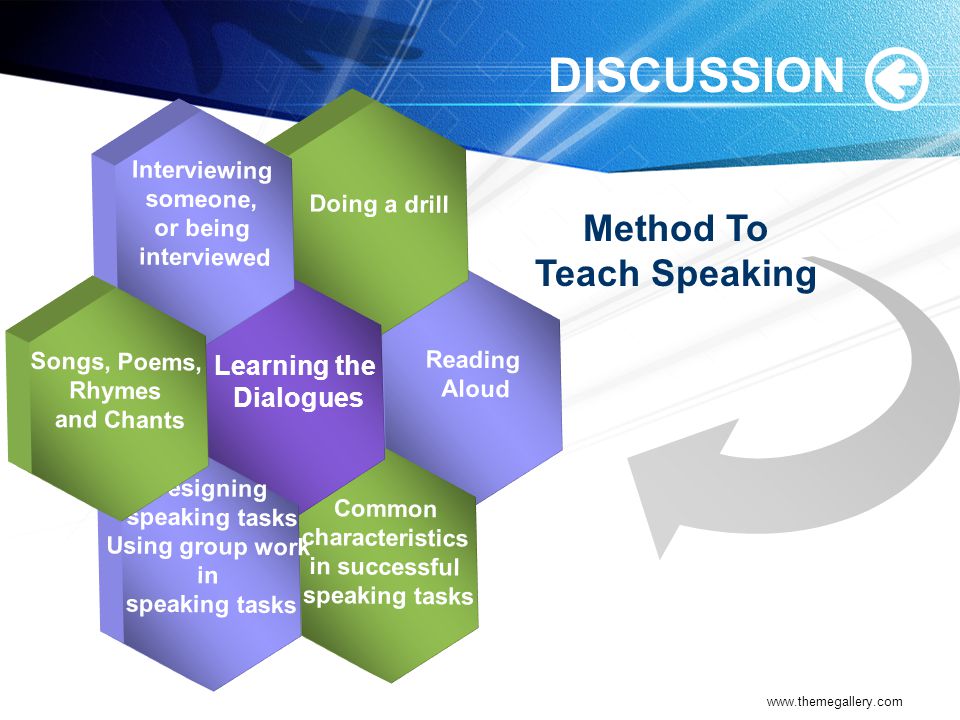
Authoritative managers who refuse to share information, aren’t open to suggestions, and refuse to admit mistakes and accept criticism are likely to find their suggestions and criticisms met with defensiveness or even ignored altogether.
Without that foundation of trust and transparency, even the smallest communication can be misconstrued and lead to misunderstandings and unnecessary conflict.
Communicating with co-workers and employees is always going to present challenges. There will always be misunderstandings and miscommunications that must be resolved and unfortunately, corporate messages aren’t always what we want to hear, especially during difficult times.
But building and mastering effective communication skills will make your job easier as a leader, even during difficult conversations. Taking the time to build these skills will certainly be time well-spent.
Want to build your skills? Find the program that’s right for you.
Browse all Professional Development Programs.
Effective Communication - HelpGuide.org
communication
Want to communicate better? These tips will help you avoid misunderstandings, grasp the
real meaning of what’s being communicated, and greatly improve your work and personal relationships.What is effective communication?
Effective communication is about more than just exchanging information. It's about understanding the emotion and intentions behind the information. As well as being able to clearly convey a message, you need to also listen in a way that gains the full meaning of what's being said and makes the other person feel heard and understood.
Effective communication sounds like it should be instinctive. But all too often, when we try to communicate with others something goes astray. We say one thing, the other person hears something else, and misunderstandings, frustration, and conflicts ensue.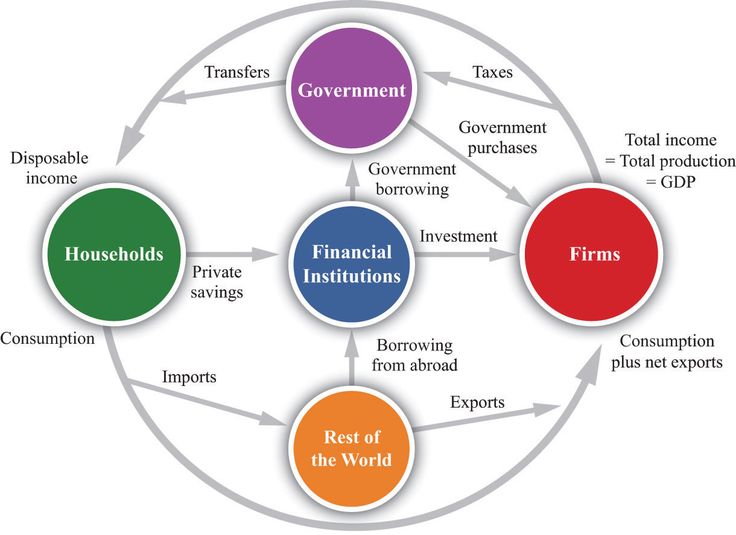 This can cause problems in your home, school, and work relationships.
This can cause problems in your home, school, and work relationships.
For many of us, communicating more clearly and effectively requires learning some important skills. Whether you’re trying to improve communication with your spouse, kids, boss, or coworkers, learning these skills can deepen your connections to others, build greater trust and respect, and improve teamwork, problem solving, and your overall social and emotional health.
What's stopping you from communicating effectively?
Common barriers to effective communication include:
Stress and out-of-control emotion. When you're stressed or emotionally overwhelmed, you're more likely to misread other people, send confusing or off-putting nonverbal signals, and lapse into unhealthy knee-jerk patterns of behavior. To avoid conflict and misunderstandings, you can learn how to quickly calm down before continuing a conversation.
Lack of focus. You can't communicate effectively when you're multitasking.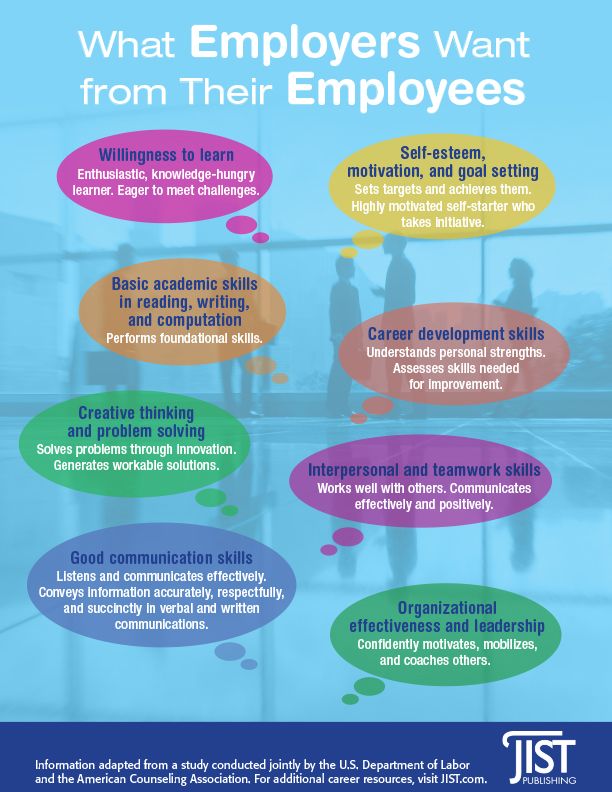 If you're checking your phone, planning what you're going to say next, or daydreaming, you're almost certain to miss nonverbal cues in the conversation. To communicate effectively, you need to avoid distractions and stay focused.
If you're checking your phone, planning what you're going to say next, or daydreaming, you're almost certain to miss nonverbal cues in the conversation. To communicate effectively, you need to avoid distractions and stay focused.
Inconsistent body language. Nonverbal communication should reinforce what is being said, not contradict it. If you say one thing, but your body language says something else, your listener will likely feel that you're being dishonest. For example, you can't say “yes” while shaking your head no.
[Read: Nonverbal Communication and Body Language]
Negative body language. If you disagree with or dislike what's being said, you might use negative body language to rebuff the other person's message, such as crossing your arms, avoiding eye contact, or tapping your feet. You don't have to agree with, or even like what's being said, but to communicate effectively and not put the other person on the defensive, it's important to avoid sending negative signals.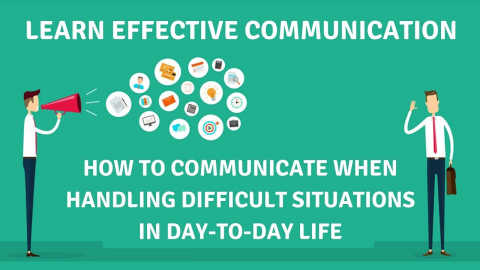
With over 25,000 licensed counselors, BetterHelp has a therapist that fits your needs. It's easy, affordable, and convenient.
GET 20% OFF
Online-Therapy.com is a complete toolbox of support, when you need it, on your schedule. It only takes a few minutes to sign up.
GET 20% OFF
Teen Counseling is an online therapy service for teens and young adults. Connect with your counselor by video, phone, or chat.
GET 20% OFF
Effective communication skill 1: Become an engaged listener
When communicating with others, we often focus on what we should say. However, effective communication is less about talking and more about listening. Listening well means not just understanding the words or the information being communicated, but also understanding the emotions the speaker is trying to convey.
There's a big difference between engaged listening and simply hearing. When you really listen—when you're engaged with what's being said—you'll hear the subtle intonations in someone's voice that tell you how that person is feeling and the emotions they're trying to communicate.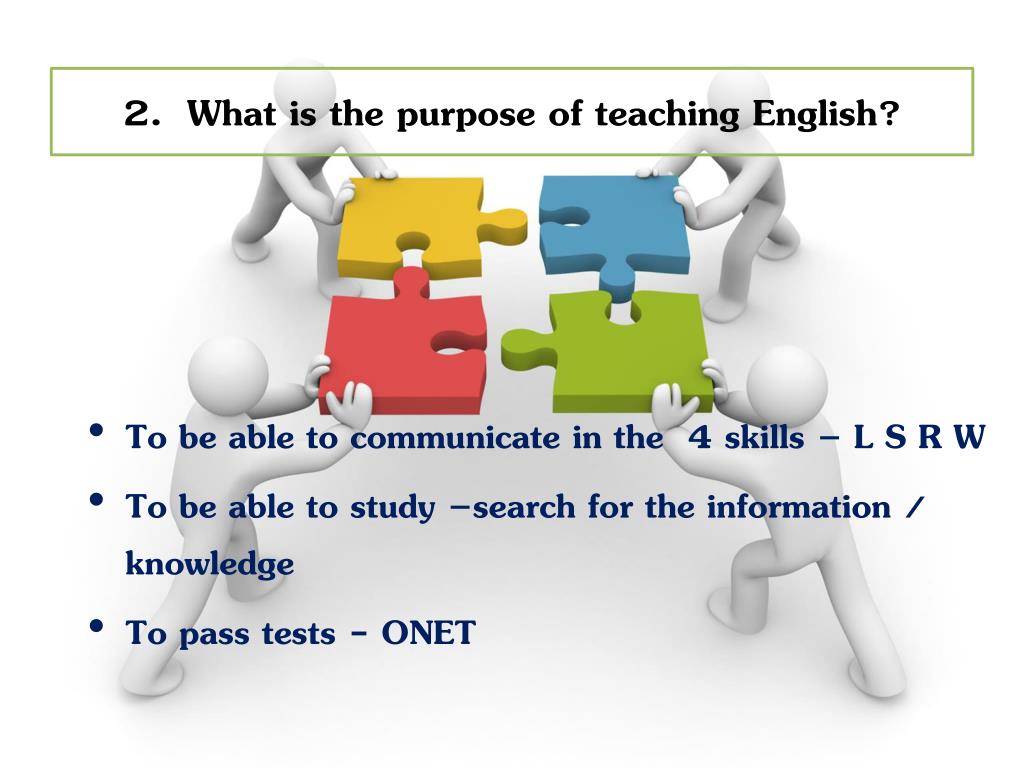 When you're an engaged listener, not only will you better understand the other person, you'll also make that person feel heard and understood, which can help build a stronger, deeper connection between you.
When you're an engaged listener, not only will you better understand the other person, you'll also make that person feel heard and understood, which can help build a stronger, deeper connection between you.
By communicating in this way, you'll also experience a process that lowers stress and supports physical and emotional well-being. If the person you're talking to is calm, for example, listening in an engaged way will help to calm you, too. Similarly, if the person is agitated, you can help calm them by listening in an attentive way and making the person feel understood.
If your goal is to fully understand and connect with the other person, listening in an engaged way will often come naturally. If it doesn't, try the following tips. The more you practice them, the more satisfying and rewarding your interactions with others will become.
Tips for becoming an engaged listener
Focus fully on the speaker. You can't listen in an engaged way if you're constantly checking your phone or thinking about something else. You need to stay focused on the moment-to-moment experience in order to pick up the subtle nuances and important nonverbal cues in a conversation. If you find it hard to concentrate on some speakers, try repeating their words over in your head—it'll reinforce their message and help you stay focused.
You need to stay focused on the moment-to-moment experience in order to pick up the subtle nuances and important nonverbal cues in a conversation. If you find it hard to concentrate on some speakers, try repeating their words over in your head—it'll reinforce their message and help you stay focused.
Favor your right ear. As strange as it sounds, the left side of the brain contains the primary processing centers for both speech comprehension and emotions. Since the left side of the brain is connected to the right side of the body, favoring your right ear can help you better detect the emotional nuances of what someone is saying.
Avoid interrupting or trying to redirect the conversation to your concerns. By saying something like, “If you think that's bad, let me tell you what happened to me.” Listening is not the same as waiting for your turn to talk. You can't concentrate on what someone's saying if you're forming what you're going to say next.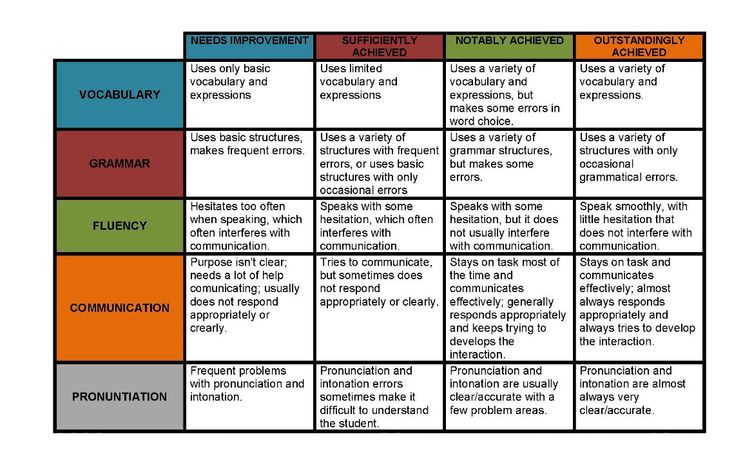 Often, the speaker can read your facial expressions and know that your mind's elsewhere.
Often, the speaker can read your facial expressions and know that your mind's elsewhere.
Show your interest in what's being said. Nod occasionally, smile at the person, and make sure your posture is open and inviting. Encourage the speaker to continue with small verbal comments like “yes” or “uh huh.”
Try to set aside judgment. In order to communicate effectively with someone, you don't have to like them or agree with their ideas, values, or opinions. However, you do need to set aside your judgment and withhold blame and criticism in order to fully understand them. The most difficult communication, when successfully executed, can often lead to an unlikely connection with someone.
[Read: Improving Emotional Intelligence (EQ)]
Provide feedback. If there seems to be a disconnect, reflect what has been said by paraphrasing. “What I'm hearing is,” or “Sounds like you are saying,” are great ways to reflect back. Don't simply repeat what the speaker has said verbatim, though—you'll sound insincere or unintelligent.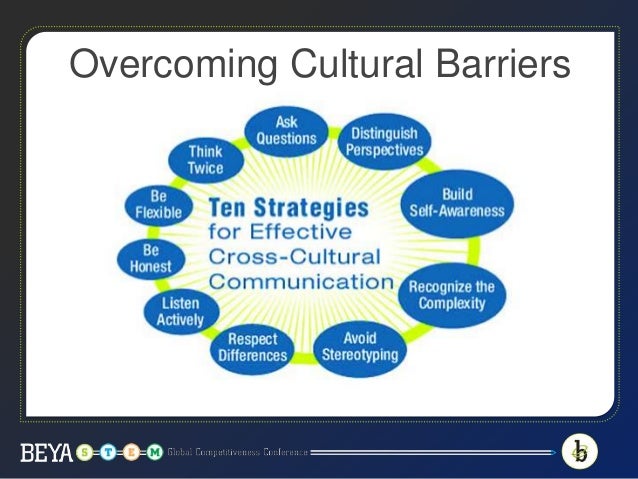 Instead, express what the speaker's words mean to you. Ask questions to clarify certain points: “What do you mean when you say…” or “Is this what you mean?”
Instead, express what the speaker's words mean to you. Ask questions to clarify certain points: “What do you mean when you say…” or “Is this what you mean?”
Hear the emotion behind the words. It's the higher frequencies of human speech that impart emotion. You can become more attuned to these frequencies—and thus better able to understand what others are really saying—by exercising the tiny muscles of your middle ear (the smallest in the body). You can do this by singing, playing a wind instrument, or listening to certain types of high-frequency music (a Mozart symphony or violin concerto, for example, rather than low-frequency rock, pop, or hip-hop).
The way you look, listen, move, and react to another person tells them more about how you're feeling than words alone ever can. Nonverbal communication, or body language, includes facial expressions, body movement and gestures, eye contact, posture, the tone of your voice, and even your muscle tension and breathing.
Developing the ability to understand and use nonverbal communication can help you connect with others, express what you really mean, navigate challenging situations, and build better relationships at home and work.
- You can enhance effective communication by using open body language—arms uncrossed, standing with an open stance or sitting on the edge of your seat, and maintaining eye contact with the person you're talking to.
- You can also use body language to emphasize or enhance your verbal message—patting a friend on the back while complimenting him on his success, for example, or pounding your fists to underline your message.
Improve how you
read nonverbal communicationBe aware of individual differences. People from different countries and cultures tend to use different nonverbal communication gestures, so it's important to take age, culture, religion, gender, and emotional state into account when reading body language signals.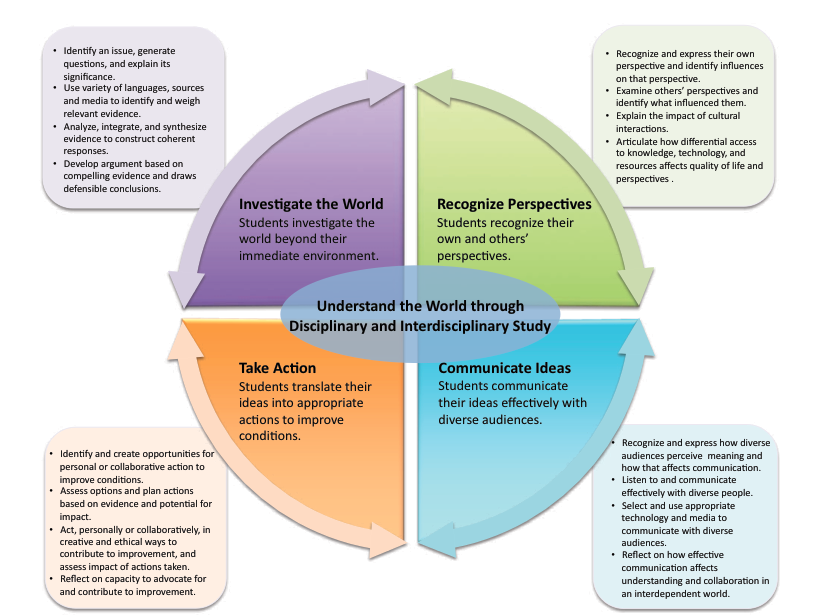 An American teen, a grieving widow, and an Asian businessman, for example, are likely to use nonverbal signals differently.
An American teen, a grieving widow, and an Asian businessman, for example, are likely to use nonverbal signals differently.
Look at nonverbal communication signals as a group. Don't read too much into a single gesture or nonverbal cue. Consider all of the nonverbal signals you receive, from eye contact to tone of voice to body language. Anyone can slip up occasionally and let eye contact go, for example, or briefly cross their arms without meaning to. Consider the signals as a whole to get a better “read” on a person.
Improve how you
deliver nonverbal communicationUse nonverbal signals that match up with your words rather than contradict them. If you say one thing, but your body language says something else, your listener will feel confused or suspect that you're being dishonest. For example, sitting with your arms crossed and shaking your head doesn't match words telling the other person that you agree with what they're saying.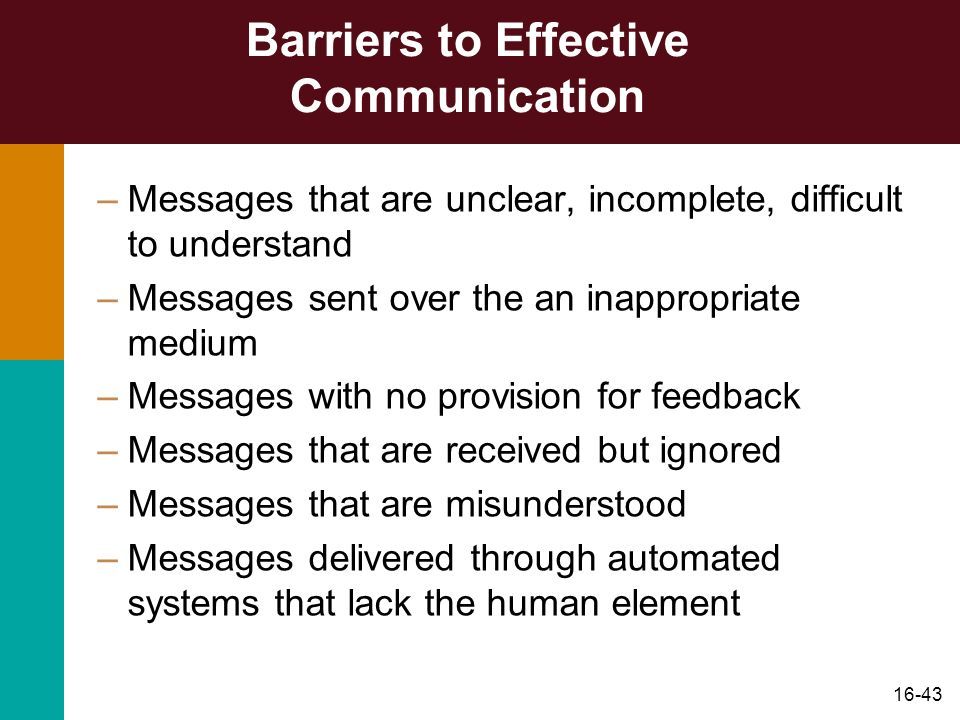
Adjust your nonverbal signals according to the context. The tone of your voice, for example, should be different when you're addressing a child than when you're addressing a group of adults. Similarly, take into account the emotional state and cultural background of the person you're interacting with.
Avoid negative body language. Instead, use body language to convey positive feelings, even when you're not actually experiencing them. If you're nervous about a situation—a job interview, important presentation, or first date, for example—you can use positive body language to signal confidence, even though you're not feeling it. Instead of tentatively entering a room with your head down, eyes averted, and sliding into a chair, try standing tall with your shoulders back, smiling and maintaining eye contact, and delivering a firm handshake. It will make you feel more self-confident and help to put the other person at ease.
Skill 3: Keep stress in check
How many times have you felt stressed during a disagreement with your spouse, kids, boss, friends, or coworkers and then said or done something you later regretted? If you can quickly relieve stress and return to a calm state, you'll not only avoid such regrets, but in many cases you'll also help to calm the other person as well.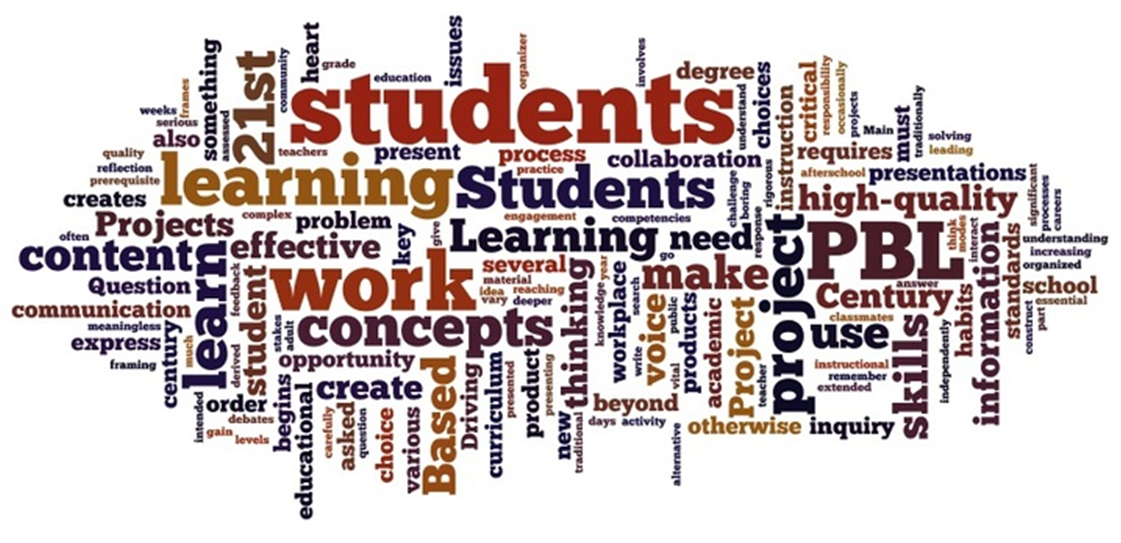 It's only when you're in a calm, relaxed state that you'll be able to know whether the situation requires a response, or whether the other person's signals indicate it would be better to remain silent.
It's only when you're in a calm, relaxed state that you'll be able to know whether the situation requires a response, or whether the other person's signals indicate it would be better to remain silent.
In situations such as a job interview, business presentation, high-pressure meeting, or introduction to a loved one's family, for example, it's important to manage your emotions, think on your feet, and effectively communicate under pressure.
Communicate effectively by staying calm under pressure
Use stalling tactics to give yourself time to think. Ask for a question to be repeated or for clarification of a statement before you respond.
Pause to collect your thoughts. Silence isn't necessarily a bad thing—pausing can make you seem more in control than rushing your response.
Make one point and provide an example or supporting piece of information. If your response is too long or you waffle about a number of points, you risk losing the listener's interest.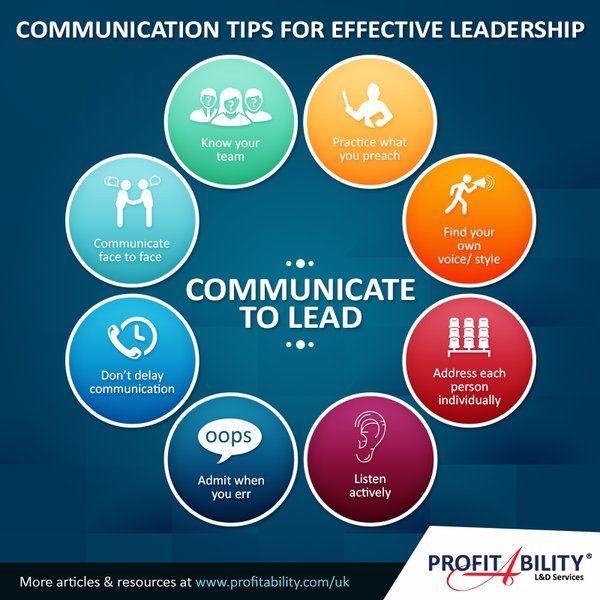 Follow one point with an example and then gauge the listener's reaction to tell if you should make a second point.
Follow one point with an example and then gauge the listener's reaction to tell if you should make a second point.
Deliver your words clearly. In many cases, how you say something can be as important as what you say. Speak clearly, maintain an even tone, and make eye contact. Keep your body language relaxed and open.
Wrap up with a summary and then stop. Summarize your response and then stop talking, even if it leaves a silence in the room. You don't have to fill the silence by continuing to talk.
Quick stress relief for effective communication
When a conversation starts to get heated, you need something quick and immediate to bring down the emotional intensity. By learning to quickly reduce stress in the moment, you can safely take stock of any strong emotions you're experiencing, regulate your feelings, and behave appropriately.
Recognize when you're becoming stressed. Your body will let you know if you're stressed as you communicate.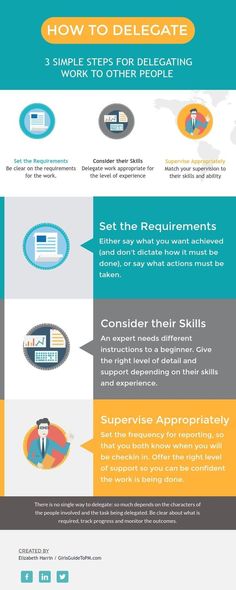 Are your muscles or stomach tight? Are your hands clenched? Is your breath shallow? Are you “forgetting” to breathe?
Are your muscles or stomach tight? Are your hands clenched? Is your breath shallow? Are you “forgetting” to breathe?
Take a moment to calm down before deciding to continue a conversation or postpone it.
Bring your senses to the rescue. The best way to rapidly and reliably relieve stress is through the senses—sight, sound, touch, taste, smell—or movement. For example, you could pop a peppermint in your mouth, squeeze a stress ball in your pocket, take a few deep breaths, clench and relax your muscles, or simply recall a soothing, sensory-rich image. Each person responds differently to sensory input, so you need to find a coping mechanism that is soothing to you.
[Read: Quick Stress Relief]
Look for humor in the situation. When used appropriately, humor is a great way to relieve stress when communicating. When you or those around you start taking things too seriously, find a way to lighten the mood by sharing a joke or an amusing story.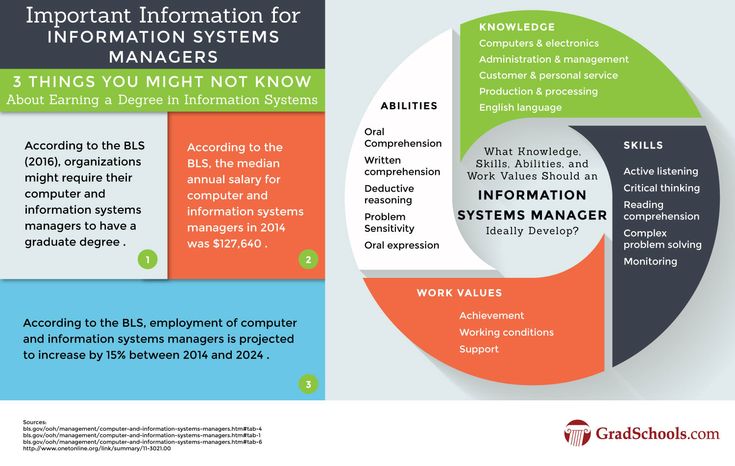
Be willing to compromise. Sometimes, if you can both bend a little, you'll be able to find a happy middle ground that reduces the stress levels for everyone concerned. If you realize that the other person cares much more about an issue than you do, compromise may be easier for you and a good investment for the future of the relationship.
Agree to disagree, if necessary, and take time away from the situation so everyone can calm down. Go for a stroll outside if possible, or spend a few minutes meditating. Physical movement or finding a quiet place to regain your balance can quickly reduce stress.
Skill 4: Assert Yourself
Direct, assertive expression makes for clear communication and can help boost your self-esteem and decision-making skills. Being assertive means expressing your thoughts, feelings, and needs in an open and honest way, while standing up for yourself and respecting others. It does NOT mean being hostile, aggressive, or demanding.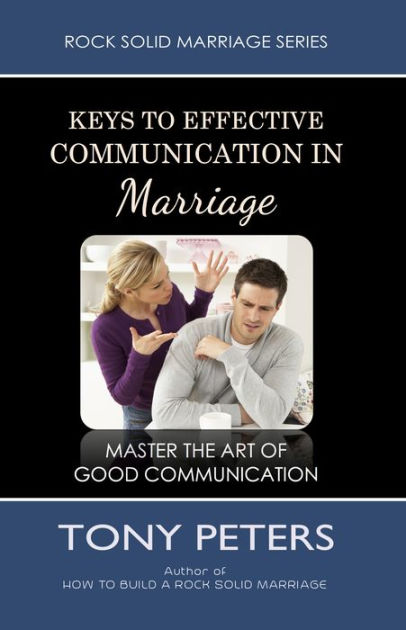 Effective communication is always about understanding the other person, not about winning an argument or forcing your opinions on others.
Effective communication is always about understanding the other person, not about winning an argument or forcing your opinions on others.
To improve your assertiveness
Value yourself and your options. They are as important as anyone else's.
Know your needs and wants. Learn to express them without infringing on the rights of others.
Express negative thoughts in a positive way. It's okay to be angry, but you must remain respectful as well.
Receive feedback positively. Accept compliments graciously, learn from your mistakes, ask for help when needed.
Learn to say “no.” Know your limits and don't let others take advantage of you. Look for alternatives so everyone feels good about the outcome.
Developing assertive communication techniques
Empathetic assertion conveys sensitivity to the other person. First, recognize the other person's situation or feelings, then state your needs or opinion. “I know you've been very busy at work, but I want you to make time for us as well.”
“I know you've been very busy at work, but I want you to make time for us as well.”
Escalating assertion can be employed when your first attempts are not successful. You become increasingly firm as time progresses, which may include outlining consequences if your needs are not met. For example, “If you don't abide by the contract, I'll be forced to pursue legal action.”
Practice assertiveness in lower risk situations to help build up your confidence. Or ask friends or family if you can practice assertiveness techniques on them first.
Authors: Lawrence Robinson, Jeanne Segal, Ph. D., and Melinda Smith, M.A.
- References
3aPPa3 – When cognitive demand increases, does the right ear have an advantage? – Danielle Sacchinell | Acoustics.
 org. (n.d.). Retrieved May 22, 2022, from https://acoustics.org/3appa3-when-cognitive-demand-increases-does-the-right-ear-have-an-advantage-danielle-sacchinell/
org. (n.d.). Retrieved May 22, 2022, from https://acoustics.org/3appa3-when-cognitive-demand-increases-does-the-right-ear-have-an-advantage-danielle-sacchinell/How to Behave More Assertively. (n.d.). 10.
Weger, H., Castle Bell, G., Minei, E. M., & Robinson, M. C. (2014). The Relative Effectiveness of Active Listening in Initial Interactions. International Journal of Listening, 28(1), 13–31. https://doi.org/10.1080/10904018.2013.813234
Effective Communication: Improving Your Social Skills – Communicate more effectively, improve your conversation skills, and become more assertive. (AnxietyCanada)
Core Listening Skills – How to be a better listener. (SucceedSocially.com)
Effective Communication (PDF) – How to communicate in groups using nonverbal communication and active listening techniques. (University of Maine)
Some Common Communication Mistakes – And how to avoid them. (SucceedSocially.com)
Last updated: December 5, 2022
The ability to communicate is the main tool of a successful person / News / Press Center / Menu / Altai Branch of the RANEPA
Lecturer in the Department of Psychology and Sociology of Management of the Altai Branch of the RANEPA, clinical psychologist Evgenia Goncharova, shared her expert opinion on how to learn to make contact.
The most important component in the formula for success is the ability to find a common language with people.
nine0006Theodore Roosevelt
We all know the role of the ability to communicate with people in our daily life and how important it is to have effective communication skills in a variety of situations and when establishing contact with different categories of people.
The ability to communicate effectively gives you the opportunity to easily and easily establish friendly relations with others, increases your prestige and popularity among colleagues, friends and acquaintances.
And, is there a way that can help to establish contact with any person? Fortunately, there is such a way.
Any communication process includes non-verbal and verbal components. With non-verbal contact, we use facial expressions, gestures and other body signals, and with verbal interaction, for communication, we use speech.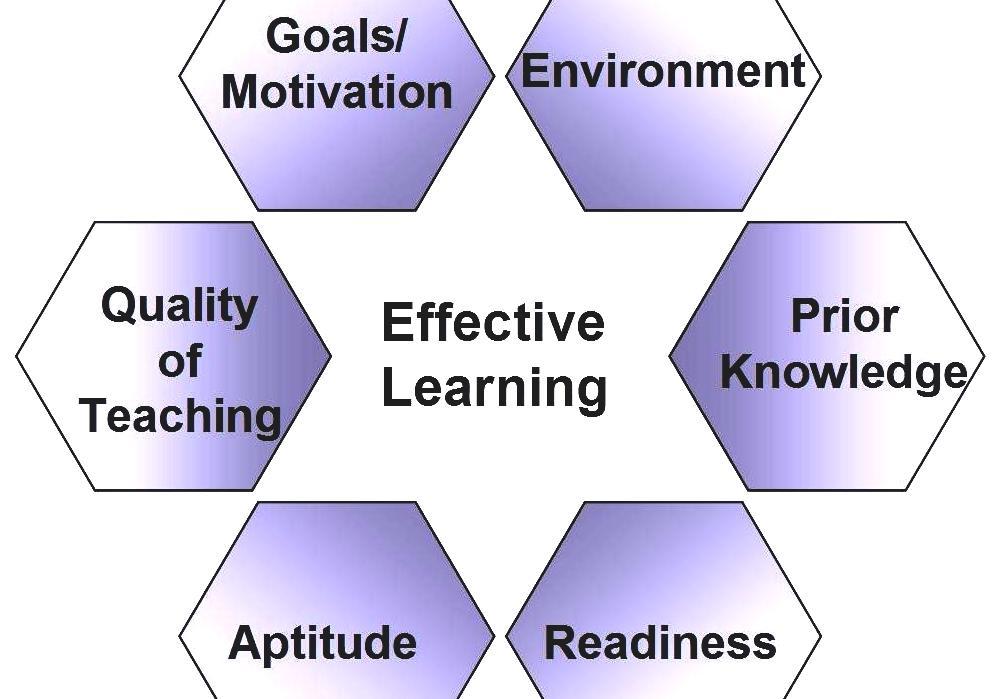
Possessing such a wealth of speech, yet most people have difficulty establishing quality contact with other people.
Personality psychology, social psychology have accumulated a significant knowledge base about the barriers, styles, communication mechanisms, which became the basis for creating effective ways of communication. nine0005
Below are some effective tips that have become the basis for creating effective ways to communicate.
When talking to a person, show him your sincere interest in him and in the subject of your conversation. Give the person a chance to speak. The ability to listen is the main secret of success in establishing communication with people.
Call the person you are talking to by name.
An important element of effective communication, psychology calls addressing the interlocutor by name. The name is an element of self-identification and carries a strong energy charge. Addressing a person by name, you increase his self-esteem and dispose to a more trusting relationship.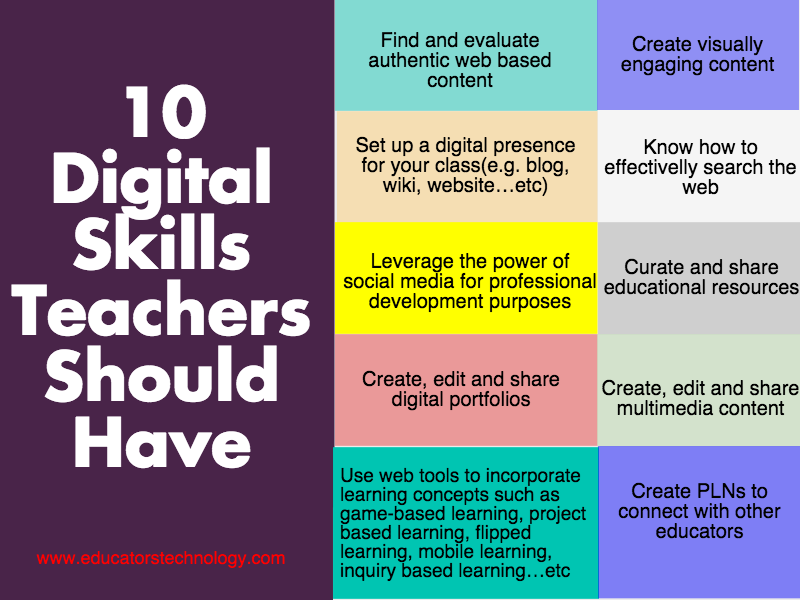 nine0005
nine0005
Less talk, listen more. Statistical studies show that most people prefer to talk much more with a person who pays more attention to the interlocutor, and not to himself.
Listen with your eyes - it is very important to focus on micro-expressions during a conversation. At the heart of this method is the search for the emotion behind the words. The point here is to listen to a person, perceiving what he says, by ear, as well as with his eyes. nine0033
Microexpressions disappear very quickly - in less than a second. Anything that lasts longer is a normal facial expression. Why is it so important? Micro-expressions (which are less than a second long) are uncontrollable, so they betray true emotions. Facial expressions (lasting more than a second) can be faked, they may not be real. Therefore, it is very important to look at short flashes of emotions and reflex reactions in order to get the most reliable idea of the interlocutor. nine0005
nine0005
Expand your horizons . A comprehensively developed person with a wide range of interests and deep knowledge in various fields, it is much easier to establish positive contact with people of different worldviews.
Ask open-ended questions. Try to ask more questions that do not require a simple one-word answer, but give the interlocutor the opportunity to express his opinion. Open questions help to establish contact with a stranger even in situations where, for various reasons, it is difficult to find a “common language”. nine0005
Overcome your subjectivity. It is important to remember that each of us has an individual picture of the world. It is formed under the influence of personal life experience, which we receive from the outside world, with the help of the senses. After all, each of us interprets all events based on our beliefs. Consider this fact when interacting with the interlocutor.
Do not criticize people.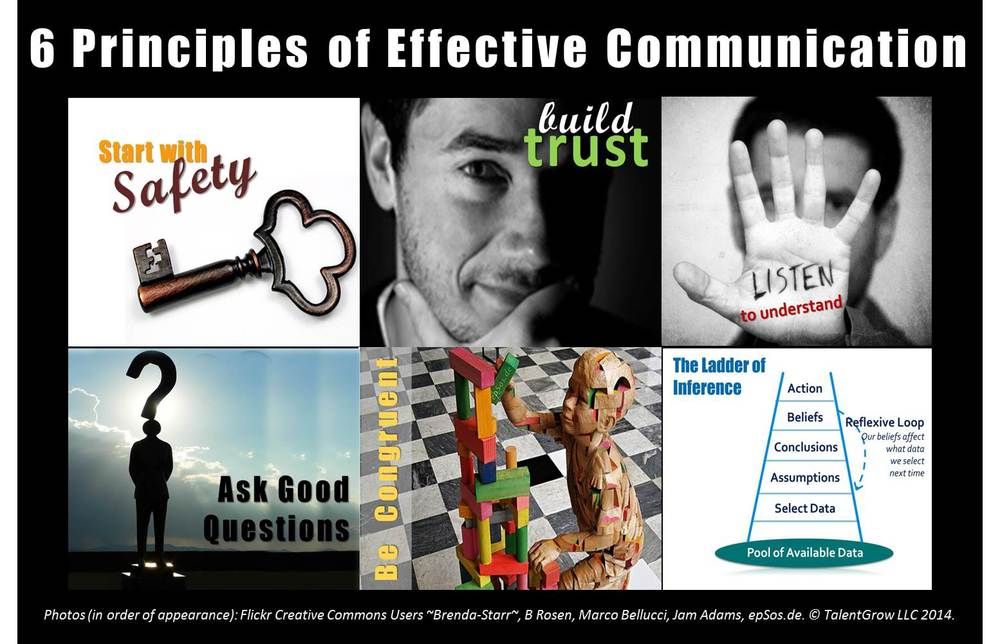 Criticism hurts the dignity of a person, hurts his pride, and also arouses feelings of resentment and indignation. nine0005
Criticism hurts the dignity of a person, hurts his pride, and also arouses feelings of resentment and indignation. nine0005
The ability to communicate with people is a commodity that can be bought in the same way that we buy sugar or coffee. And I will pay more for that skill than for anything else in the world.
John Rockefeller
20 Tips for Talking to Anyone
Tags
mindfulness nine0006 Businesshack20 Tips for Talking to Anyone
20 cards June 20, 2020 275 386 views
Liana Khaziakhmetova
Communication is a key skill for anyone who strives to be successful. It's no secret that communicative people have a head start: they are more noticeable, they make you feel welcome, you just want to deal with them. Here are tips from the best psychology books on how to get along with anyone. nine0005
nine0005
1
Honey-smeared places
Communication books usually impose an extroverted, fun-loving approach: feign nonchalance until it becomes second nature. But this is impossible.
Here's a tip from the Science of Communication book. For successful communication, you need to know your strengths - and use them competently. For example, chat where you feel comfortable. Make a list of places where you enjoy spending time: in a coffee shop, in a park. Or maybe you are more comfortable communicating in messengers. nine0005
Remember the places where you are “smeared with honey”. In them you relax and flourish. Try to hold important meetings there.
2
Anti-perfection
Scientists conducted an experiment: they asked people to listen to a recording in which a student tells how well he did on a test. One group of subjects heard that at the end the student spilled a cup of coffee on himself and planted a stain. The other one is not. The researchers asked both groups what impression the student made. In the recording where he spilled coffee on himself, he seemed more attractive to the subjects. Mistakes make us human. Show your vulnerability and it will be easier for you to get along with people. nine0005
In the recording where he spilled coffee on himself, he seemed more attractive to the subjects. Mistakes make us human. Show your vulnerability and it will be easier for you to get along with people. nine0005
3
Don't get obsessed
Most of us just feel like we stand out a lot. After all, each person is the center of his universe. Because we're so fixated on our behavior, it's hard for us to accurately gauge how close—or shallow—attention others are paying to us. In fact, there is often a discrepancy between how we see ourselves (and think others do) and how others see us. Most will not notice your mistakes and oversights. nine0005
4
Learn to joke
Not a single speech by the leaders of different countries can do without a joke, and there can be no more serious and responsible work. The ability to joke helps to reduce the tension of discussing any acute problem. But you have to be able to present a joke like a gourmet dish from a chef. There is no need to hurry, and in no case should the speaker himself laugh at his witticism.
5
Look for clues
Thread theory is an incredibly easy way to start a conversation, and besides, you will always have a few thoughts to continue the conversation. The more common topics, that is, threads, you find, the longer your communication will last - and the more sympathy you will cause. There are three main categories of general conversation topics that can serve you well in any situation - common acquaintances, common interests, and common motives. nine0005
6
Arouse curiosity
To engage a person in a dialogue, you need to arouse his interest, especially for sales managers. They only care about what is directly related to their business needs, not your product. And remember: you are not trying to sell. You strive to prove that talking to you is worth the time spent.
7
Communicate as equals
Communicate as equals can be intimidating if you are young or have never worked with people who make major corporate decisions.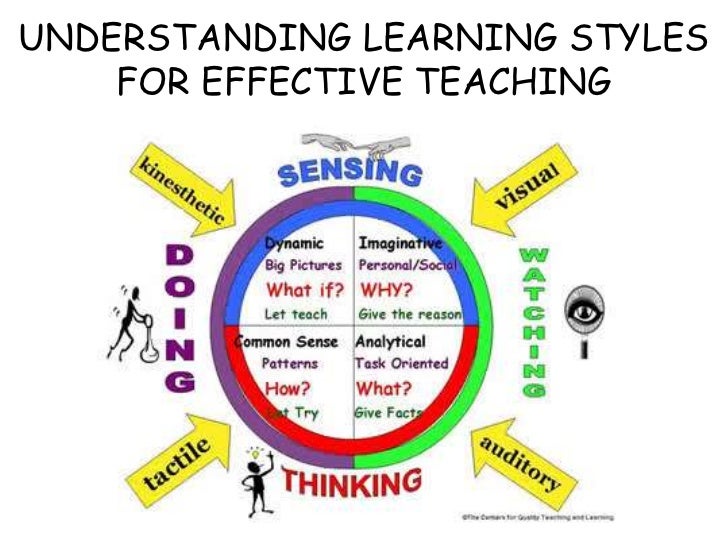 Understand: they are ordinary people. If in a conversation with them you look at them with canine devotion, this will affect your credibility. Focus on their business goals and the changes you can make, and they'll be interested in talking to you. nine0005
Understand: they are ordinary people. If in a conversation with them you look at them with canine devotion, this will affect your credibility. Focus on their business goals and the changes you can make, and they'll be interested in talking to you. nine0005
8
Pause in conversations
Often we ask a question and, without listening to the answer, continue talking. Another common communication mistake is answering your own question. There are only downsides to this: it will be uncomfortable for a person to communicate with us, and we will not learn anything about him, his requests, benefits, and our arguments will most likely turn out to be weak and will not affect his decision. That is why every time you ask a question, it is important to pause, give the person the opportunity to answer, and listen to him! nine0005
9
Tune in
You don't have to like everyone without exception. It will take you more time to make connections or apply new behavioral tricks in a place that only makes you feel anxious and uncomfortable. By controlling the place, time, and person you interact with, you can set yourself up for success.
By controlling the place, time, and person you interact with, you can set yourself up for success.
10
Use Your Hands
The best TED speakers use a particular mechanism to instantly build trust with their audience: they gesticulate a lot. The least popular speakers used an average of 272 hand gestures—yes, the analyzers painstakingly counted each one. The most popular speakers used an average of 465 hand gestures—almost double that! nine0005
11
Position yourself as a winner
Winners tend to take up as much physical space as possible. Their posture is often referred to as the "power posture": they raise their arms above their heads, straighten their chests, and throw their heads back. Sometimes we unknowingly put ourselves in the pose of a loser when we check the phone. Imagine: you tilt your head, cross your arms over your chest, press them tightly to your body and lower your shoulders. What do most of us do while waiting for a client or before entering an office where a meeting is taking place? Checking the phone! We need to put an end to this vicious practice! nine0005
12
Be an enthusiastic fan
People love being labeled positively.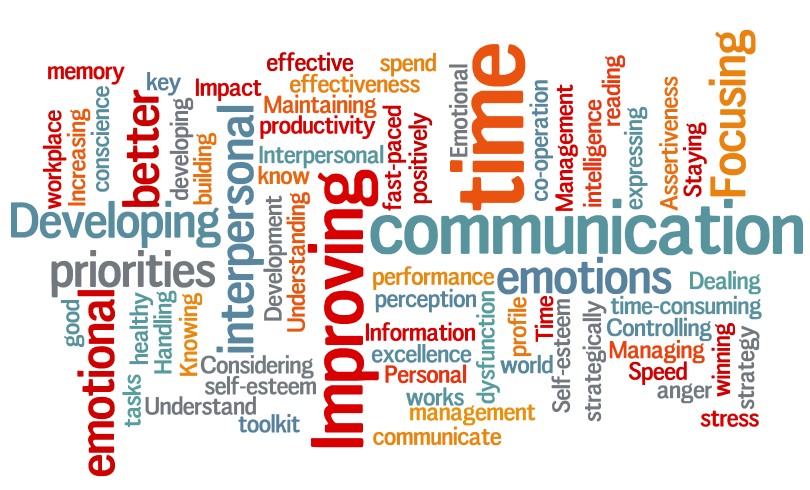 They improve our self-image and gently push us to be better.
They improve our self-image and gently push us to be better.
Here are some phrases you can use.
- "Yes, you know everyone here - you must be an expert in networking!"
- "I am overwhelmed by your dedication to this company - they are incredibly lucky to have you."
- "You are so well versed in this matter - how glad I am that you are among the guests today." nine0005
Let the interlocutor charm you, let him impress you. Listen to how eloquently he paints his ideas. Find a way to enhance their effect. Share his enthusiasm.
13
Imagine yourself in the place of the interlocutor
A great way to establish contact, to help a person open up and hear what he has to say, is to ask him questions like this:
- “How did you do it?”
- "Why did you do that?" nine0005
- "How did you feel?"
To actively participate in the conversation and be able to respond to the interlocutor's words with relevant questions and comments, imagine yourself in the situation in which he is or which he describes to you.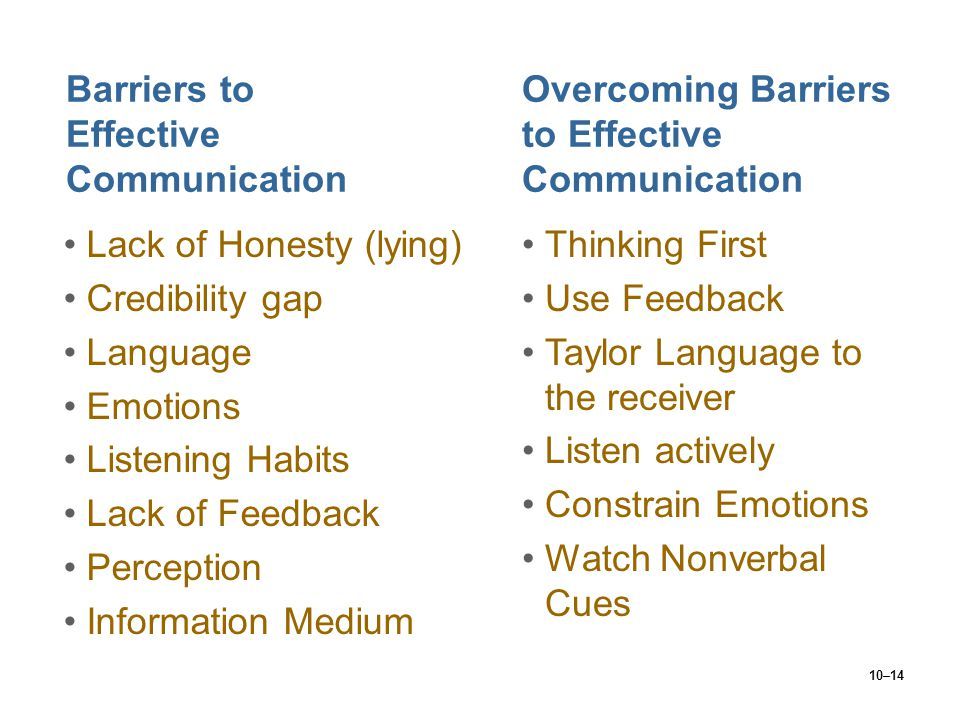 So you will experience at least a small fraction of what he experienced, and you will be able to grasp, hear the essence, which will allow you to respond correctly - so that the interlocutor will want to tell you even more.
So you will experience at least a small fraction of what he experienced, and you will be able to grasp, hear the essence, which will allow you to respond correctly - so that the interlocutor will want to tell you even more.
14
Remember people by their names and interests
Stop passively listening to your interlocutor - scratch his ego behind the ear. Remember the people you talk to, from their names to their interests. Stop empty talk - start a strong relationship.
Here's a tip to help you remember the person's name. When you hear a person's name, address him by name. "Nice to meet you, Eliza!" or "Elise, this is my colleague Jenna." This activates auditory memory and allows you to hear the name spoken in your voice. At the same time, you provide the interlocutor with a small burst of dopamine. nine0005
15
Listen with your eyes
Pay attention to micro-expressions during a conversation and you will learn the whole truth about a person.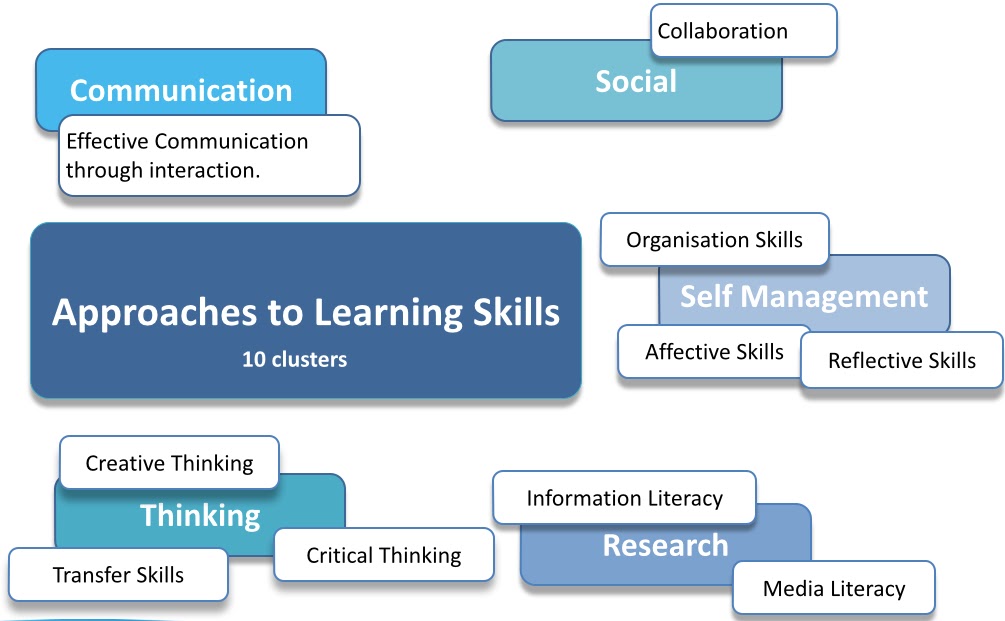 This method is based on the search for the emotion behind the words. The point here is to listen to a person, perceiving what he says, by ear, as well as with his eyes.
This method is based on the search for the emotion behind the words. The point here is to listen to a person, perceiving what he says, by ear, as well as with his eyes.
Microexpressions disappear very quickly - in less than a second. Anything that lasts longer becomes a normal facial expression. Why is it so important? Microexpressions (less than a second) are uncontrollable, so they give out true emotions. Facial expressions (longer than a second) can be faked, they may not be real. Therefore, you need to look at short flashes of emotions and reflex reactions in order to get the most reliable idea of the interlocutor. nine0005
16
Changing the way you think
The main barrier to successful communication is your way of thinking, writes Mark Rhodes in How to Talk to Anyone. The development of communication skills will largely depend on what meaning you attach to the reaction to your words.
For example, if you are trying to talk to someone and the other person looks away, what meaning would you give to that? You may think that you did something wrong and conclude that talking to strangers is unacceptable.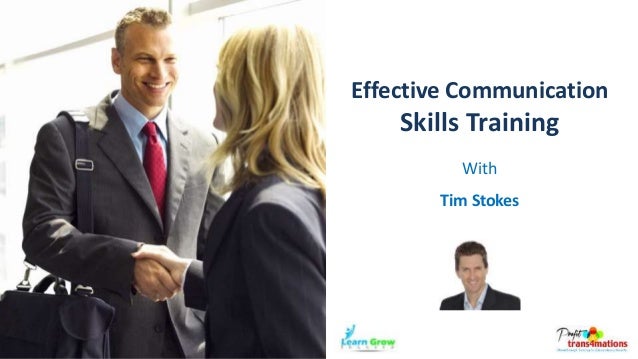 And then you are unlikely to seek to strike up conversations with strangers. But what if your interlocutor was just shy? If you give his behavior just such a meaning, the result will be completely different. Changing the way you think is what helps you overcome fear and learn how to talk to anyone. nine0005
And then you are unlikely to seek to strike up conversations with strangers. But what if your interlocutor was just shy? If you give his behavior just such a meaning, the result will be completely different. Changing the way you think is what helps you overcome fear and learn how to talk to anyone. nine0005
17
Dealing with fear of criticism
A good way to overcome fear is to imagine the worst case scenario and then imagine how you deal with that situation. Thus, you mentally, as it were, mark your fear, and this, in turn, will help you get rid of it or at least reduce it. For example, you can imagine that something is misunderstood and everyone is laughing at you. Now imagine saying to these people in such a caustic tone: "I'm very glad that you liked it" or: "I'm glad I made you smile." Imagine yourself as a comedian parrying the audience's lines. By doing so, you demonstrate that the reaction does not really excite or scare you. nine0005
18
Play with your voice
Another well-known but effective way to achieve mutual understanding with the interlocutor is to match the pace of his speech.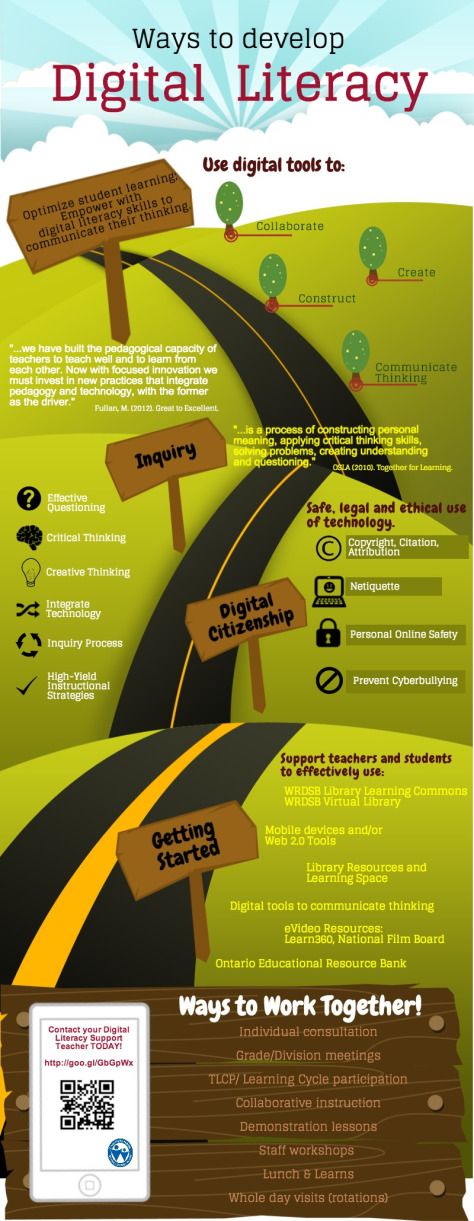 That is, if he speaks fast enough, you should try to speak at the same pace, unless, of course, this gives you too much inconvenience. Matching the pace of speech is necessary not only for mutual understanding. Different people perceive and process information at different speeds. This is reflected in the speed of speech. Therefore, if someone speaks relatively slowly, or the pace of their speech is noticeably slower than yours, this may mean that he needs to think carefully. nine0005
That is, if he speaks fast enough, you should try to speak at the same pace, unless, of course, this gives you too much inconvenience. Matching the pace of speech is necessary not only for mutual understanding. Different people perceive and process information at different speeds. This is reflected in the speed of speech. Therefore, if someone speaks relatively slowly, or the pace of their speech is noticeably slower than yours, this may mean that he needs to think carefully. nine0005
19
Use conversation starters
Most of the conversations we have with strangers are similar.
— What do you do? Oh cool. And where are you from? Mm, never been there. What brought you here? Clear. Well, I'll go get another drink...
Boring! There is no emotional stimulus, no spark, no heights. After such a conversation, we can often hardly remember the name of a new acquaintance, let alone address him again. But why start a conversation with a new client if it will be so boring that he won’t remember it later anyway? Let's change the situation.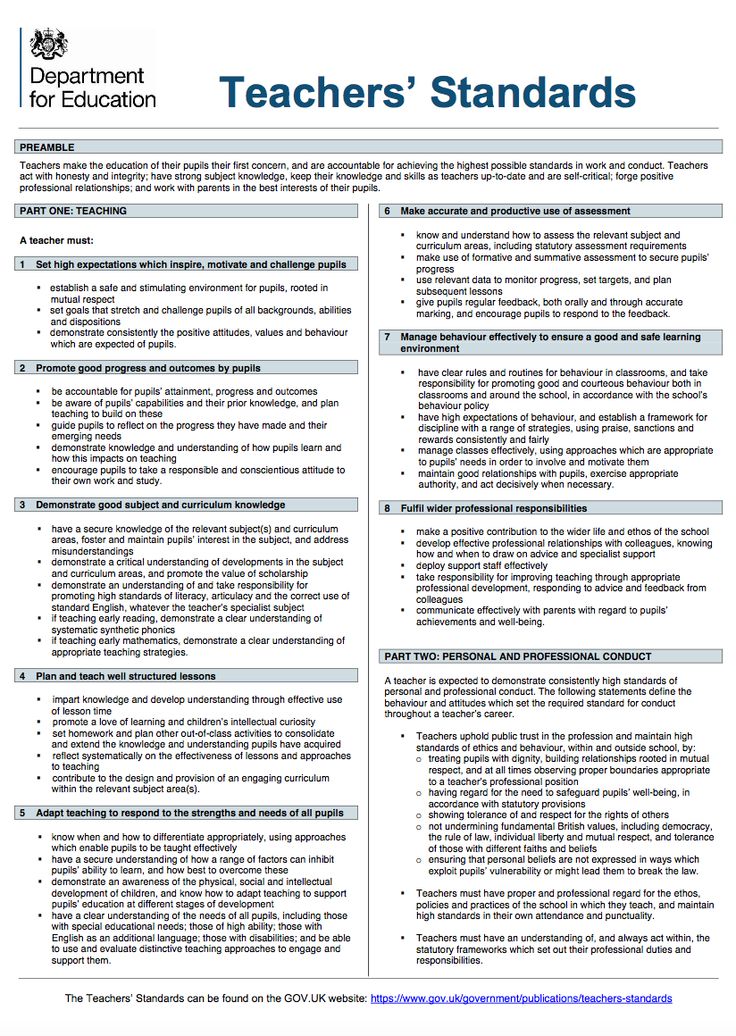 nine0005
nine0005
A conversation to be remembered involves fresh questions that spark communication. They spark new ideas, bring up topics that no one would think of, start deep discussions.
Try to start with an unexpected question that will spark genuine interest in the eyes of your interlocutor.
20
Show Warmth
Trying to figure out if we can be trusted, others look for warmth in us from the very beginning, writes Susan David in Emotional Flexibility. It doesn't mean "hugs", "caring" or "a guy I'd like to have a beer with". By warmth, we mean friendliness, loyalty, empathy, which are taken as proof of good intentions. nine0005
How to demonstrate warmth? Research shows that warm people tend to make eye contact, nod, and smile. During the dialogue, maintain eye contact both when you speak and when you listen. Nod occasionally to show that you understand the other person. Smile, especially when the other person is doing the same.
The main thing is to focus on what you are being told.